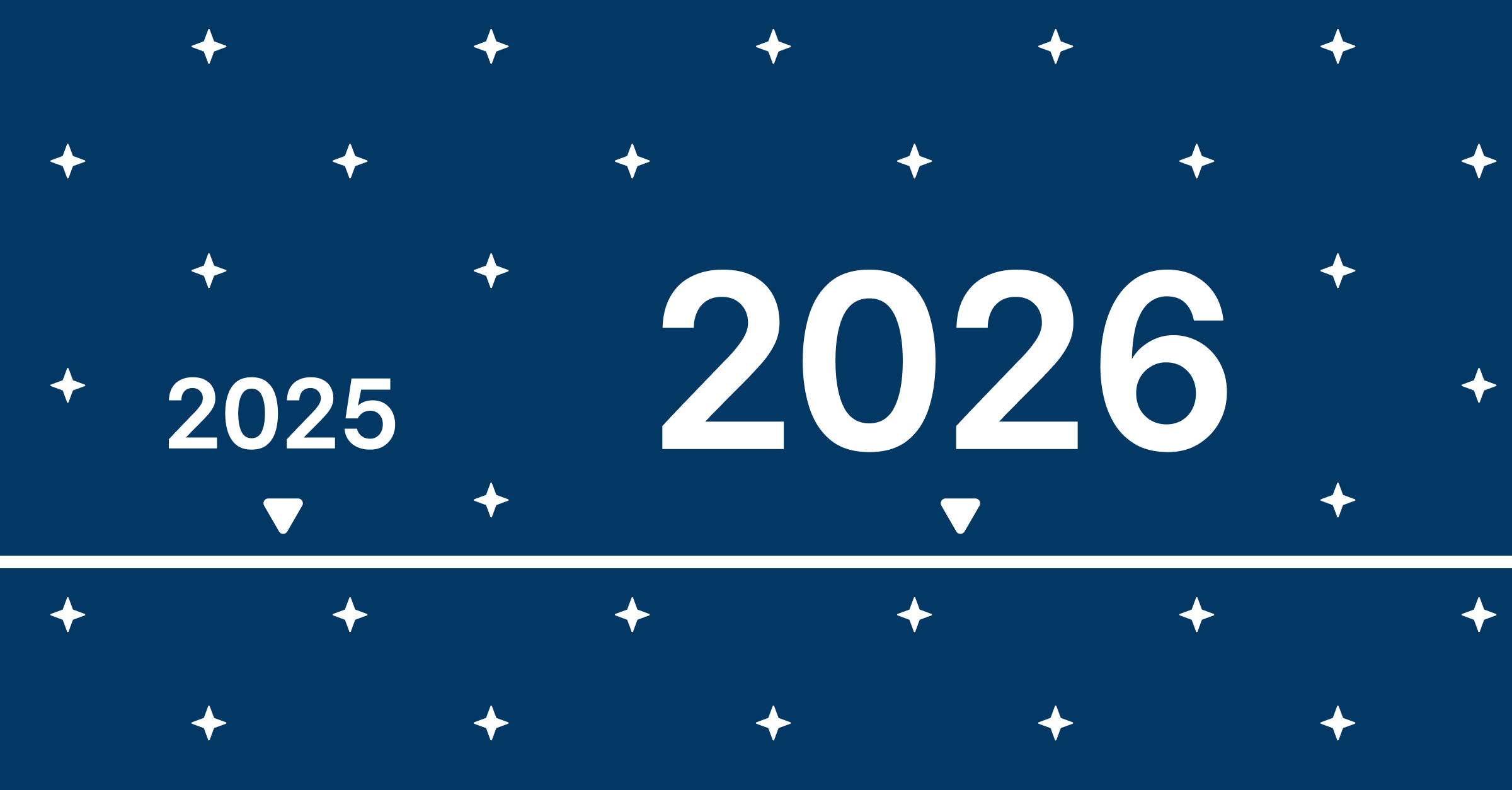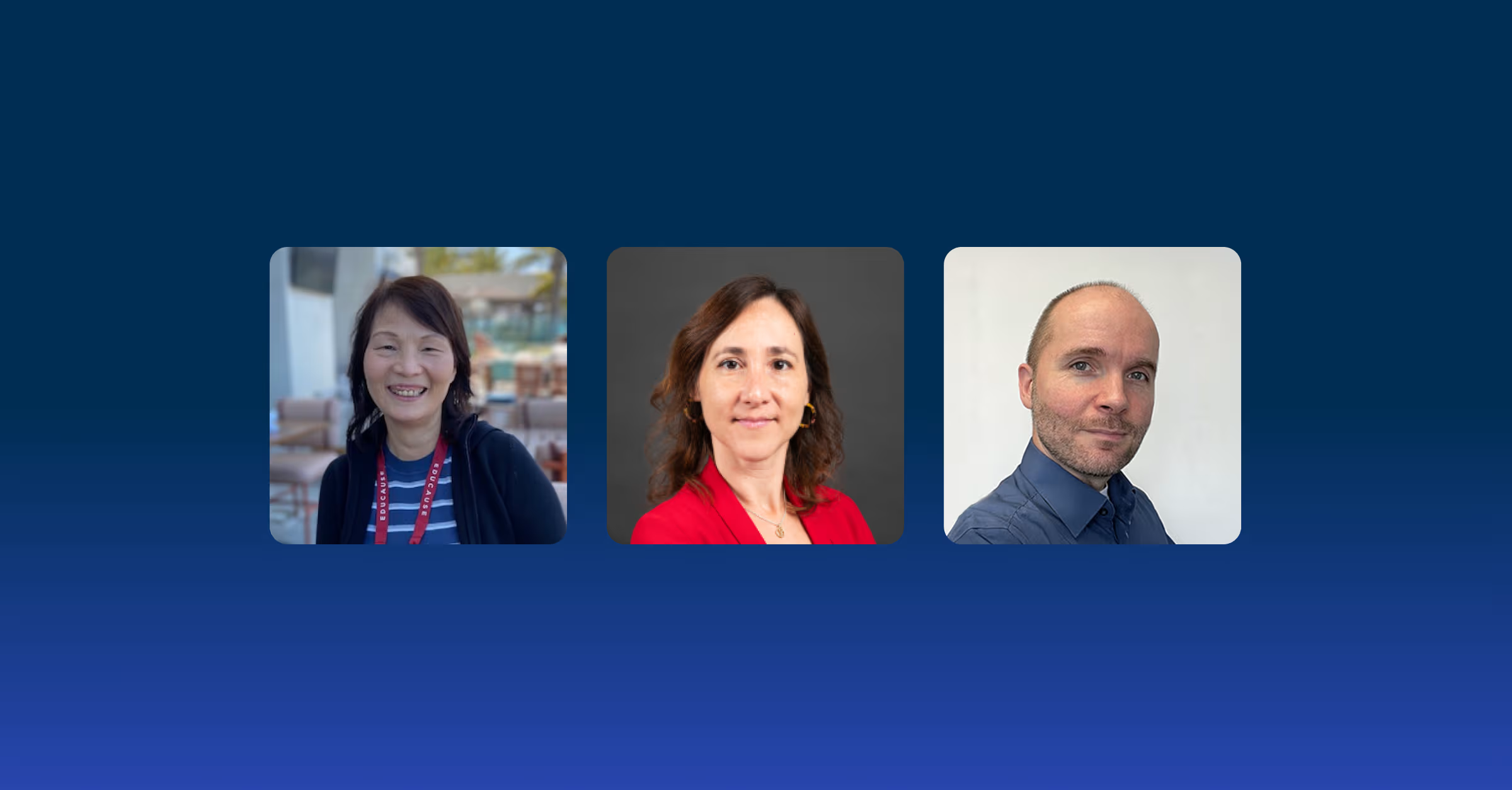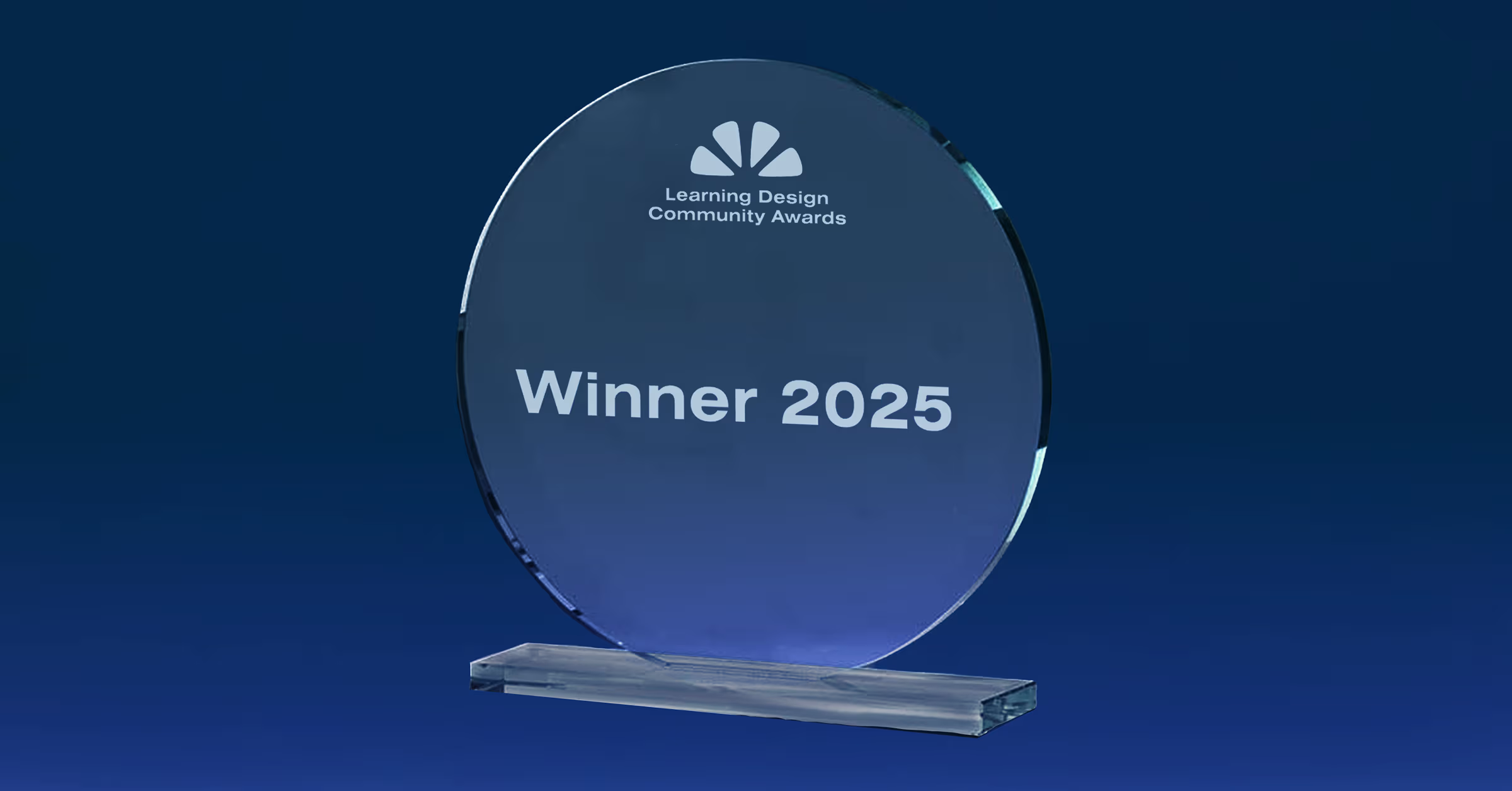Universal Design for Learning (UDL): A Commitment to Equity and Access
Universal Design for Learning (UDL) is all about making sure every student, no matter their background or abilities, can succeed. It’s about offering different ways to learn and express ideas, so everyone feels valued and included. Dive in to see how UDL can transform learning into a more flexible, supportive, and engaging experience for all.

What is Universal Design for Learning (UDL)?
Challenging the one-size-fits-all approach, UDL ensures that all students, regardless of background or ability, have access to quality learning. By embracing multiple ways to engage, represent, and express knowledge, the UDL framework (CAST) makes learning more inclusive and aims to centre student agency within supportive structures.

> https://udlguidelines.cast.org/
Why UDL matters?
UDL creates educational settings where students feel valued and heard, creating equitable and inclusive climate for learning. When classrooms are designed with flexibility in mind, students are more engaged and achieve better outcomes. Students learn more deeply in environments that offer multiple ways to engage, represent, and express their learning. UDL is particularly significant for students from minoritised groups (such as first-generation students, students from ethnic minorities, and students with a functional impairment/disability) because inclusion is not an afterthought but is woven into the fabric of a course or program.

How to implement UDL?
UDL thrives when teachers intentionally design a course to address variability, i.e. by proving multiple pathways. While choices are important, UDL does not simply mean to keep everything open-ended and resource-heavy, but rather, it is a mindset of curation that celebrates accessibility and representation for all. Some of the ways UDL can be implemented with FeedbackFruits include different activities such as:
- Interactive videos that teachers can use to present course content while ensuring access through other modalities (captions, transcripts).
- Discussion forums that let students collaborate and engage in a dialogue while integrating multiple means of engagement (e.g. audio, video, text) and celebrating differences of expression.
- Interactive lectures that integrate reflective pauses for any questions and for formative learning moments.
- Assignments that can be used co-creatively to allow for students' voice and choice; for example using the GRASPS model (Goal, Role/Responsibility, Situation, Purpose, Standard) that let students decide some elements of their assignments (such as demonstrating their learning in an oral presentation instead of an essay, and engaging with topics of interest).
Conclusion
UDL challenges standardizing ways of teaching and learning and welcomes student variability and co-creation. In doing so, UDL is a plural approach that acknowledges multiple ways of knowing, learning, and engaging with content. In today's classroom, accessibility and equity should be integral, not optional. By intentionally creating physical and digital spaces using UDL, all students can feel a sense of belonging and have better opportunities to reach their full potential.

.jpeg)














![[New] Competency-Based Assessment](https://no-cache.hubspot.com/cta/default/3782716/interactive-146849337207.png)










